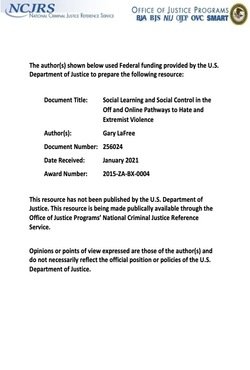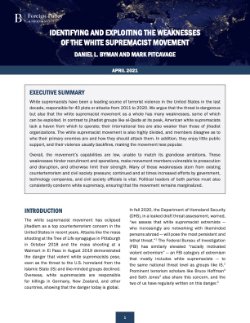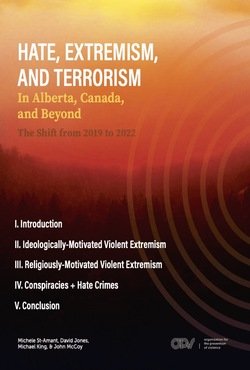Kenneth Little
● This book emphasizes that history and social context are more influential than biological race in shaping cultural differences and racial attitudes. Racial prejudice is not innate but learned through socialization, often during early childhood.
● Global Examples: The book provides case studies from various countries, including South Africa, Brazil, Hawaii, and the United States, to illustrate different racial dynamics and policies.
● References: The document includes numerous references to works by various authors on race and society, providing a comprehensive bibliography for further reading.
UNESCO. 1958. 54Pp.













